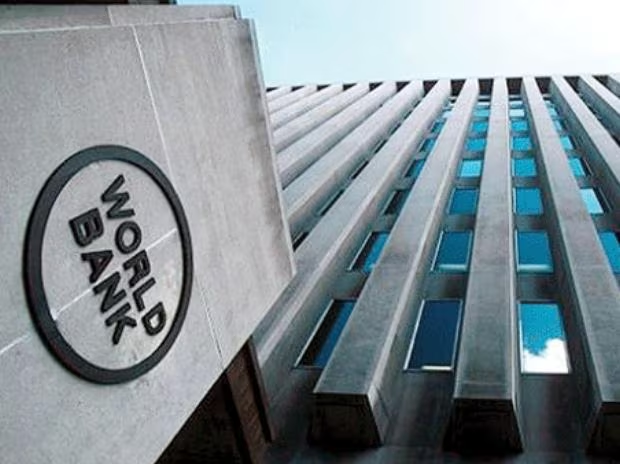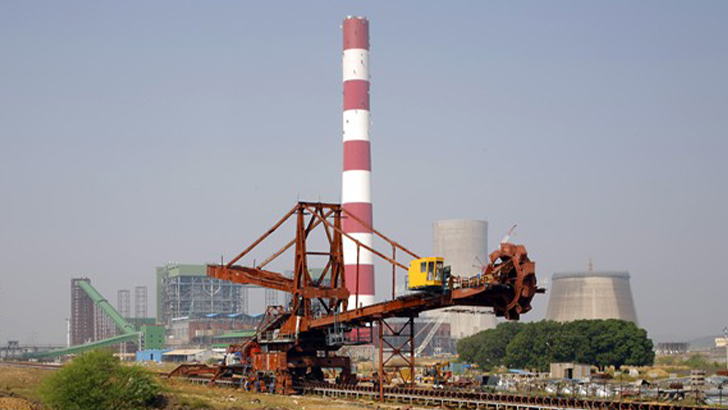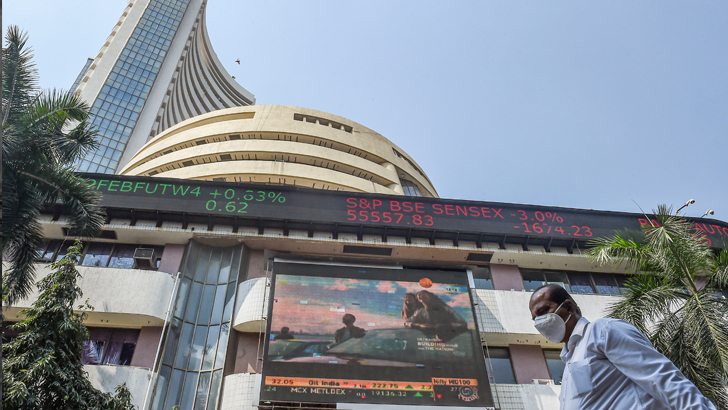World Bank projects Indian economy to grow at 7.5% in 2024
Overall, growth in South Asia is expected to be strong at 6.0 per cent in 2024, driven mainly by robust growth in India and recoveries in Pakistan and Sri Lanka, the World Bank said
PTI
Washington, 3 April
The Indian economy
is projected to grow at 7.5 per cent in 2024, the World Bank has said, revising
its earlier projections for the same period by 1.2 per cent.
Overall, growth in
South Asia is expected to be strong at 6.0 per cent in 2024, driven mainly by
robust growth in India and recoveries in Pakistan and Sri Lanka, the World Bank
said in its latest South Asia Development Update on Tuesday.
According to the
report, South Asia is expected to remain the fastest-growing region in the
world for the next two years, with growth projected to be 6.1% in 2025. “In
India, which accounts for the bulk of the region’s economy, output growth is
expected to reach 7.5% in FY23/24 before returning to 6.6% over the medium
term, with activity in services and industry expected to remain robust,” the
bank said in its report. In Bangladesh, output is expected to rise by 5.7% in
FY24/25, with high inflation and restrictions on trade and foreign exchange
constraining economic activity.
Following the
contraction in FY22/23, Pakistan’s economy is expected to grow by 2.3% in
FY24/25 as business confidence improves. In Sri Lanka, output growth is
expected to strengthen to 2.5% in 2025, with modest recoveries in reserves,
remittances, and tourism.
“South Asia’s
growth prospects remain bright in the short run, but fragile fiscal positions
and increasing climate shocks are dark clouds on the horizon,” said Martin
Raiser, World Bank Vice President for South Asia. “To make growth more
resilient, countries need to adopt policies to boost private investment and
strengthen employment growth,” he said.
“South Asia is
failing right now to fully capitalize on its demographic dividend. This is a
missed opportunity,” said Franziska Ohnsorge, World Bank Chief Economist for
South Asia.
If the region
employed as large a share of the working-age population as other emerging
markets and developing economies, its output could be 16% higher, Ohnsorge
said.
In India, the
World Bank said, economic activity surprised on the upside in 2023Q4, with
growth of 8.4 per cent from a year ago. “The expansion was supported by rapid
increases in investment and government consumption. More recent survey data
point to continued strong performance,” it said.
In February,
India’s composite purchasing managers index (PMI) stood at 60.6, well above the
global average of 52.1 (a value above 50 indicates expansion). Growth in
FY2023/24 is estimated to have exceeded earlier forecasts, it said.
According to the
report, in India, inflation has remained within the Reserve Bank of India’s 2–6
per cent target range since a spike in mid-2023, and the policy rate has
remained unchanged since February 2023. Food price inflation has been elevated,
partly reflecting a weak harvest due to El Niño, it said.
Financial
conditions in India have remained accommodative. Domestic credit issuance to
the commercial sector (including public and private borrowers) grew by 14 per
cent (year-on-year) in December 2023, the fastest pace since 2013. Financial
soundness indicators continued to improve. The nonperforming-loan ratio fell to
3.2 per cent last year, well below its recent peak, in March 2018, of about 11
per cent.
Regulatory capital
totalled 17 per cent of bank assets in the second quarter of 2023, surpassing
both regulatory requirements and peer averages. FDI as a share of GDP fell in
2023, but a rebound in foreign portfolio investment inflows in FY2023/24 contributed
to foreign reserves rising 8 percent in the year to January 2024, reaching a
level sufficient to cover about 11 months of imports, the World Bank report
said.
“In India, output
growth is projected to reach 7.5 percent in FY2023/24 on the back of robust
growth in Q3 of FY2023/24. Growth is expected to moderate to 6.6 percent in
FY2024/25 before picking up in subsequent years as a decade of robust public
investment yields growth dividends,” the bank said.
The expected
slowdown in growth between FY2023/24 and FY2024/25 mainly reflects a
deceleration in investment from its elevated pace in the previous year, it
said. “Growth in services and industry is expected to remain robust, the latter
aided by strong construction and real estate activity. Inflationary pressures
are expected to subside, creating more policy space for easing financial
conditions,” it said.
“Over the medium
term, the fiscal deficit and government debt are projected to decline,
supported by robust output growth and consolidation efforts by the central
government,” the report said.
Leave a Reply
Your email address will not be published. Required fields are marked *










.png)
.png)

.png)




.png)
.png)
